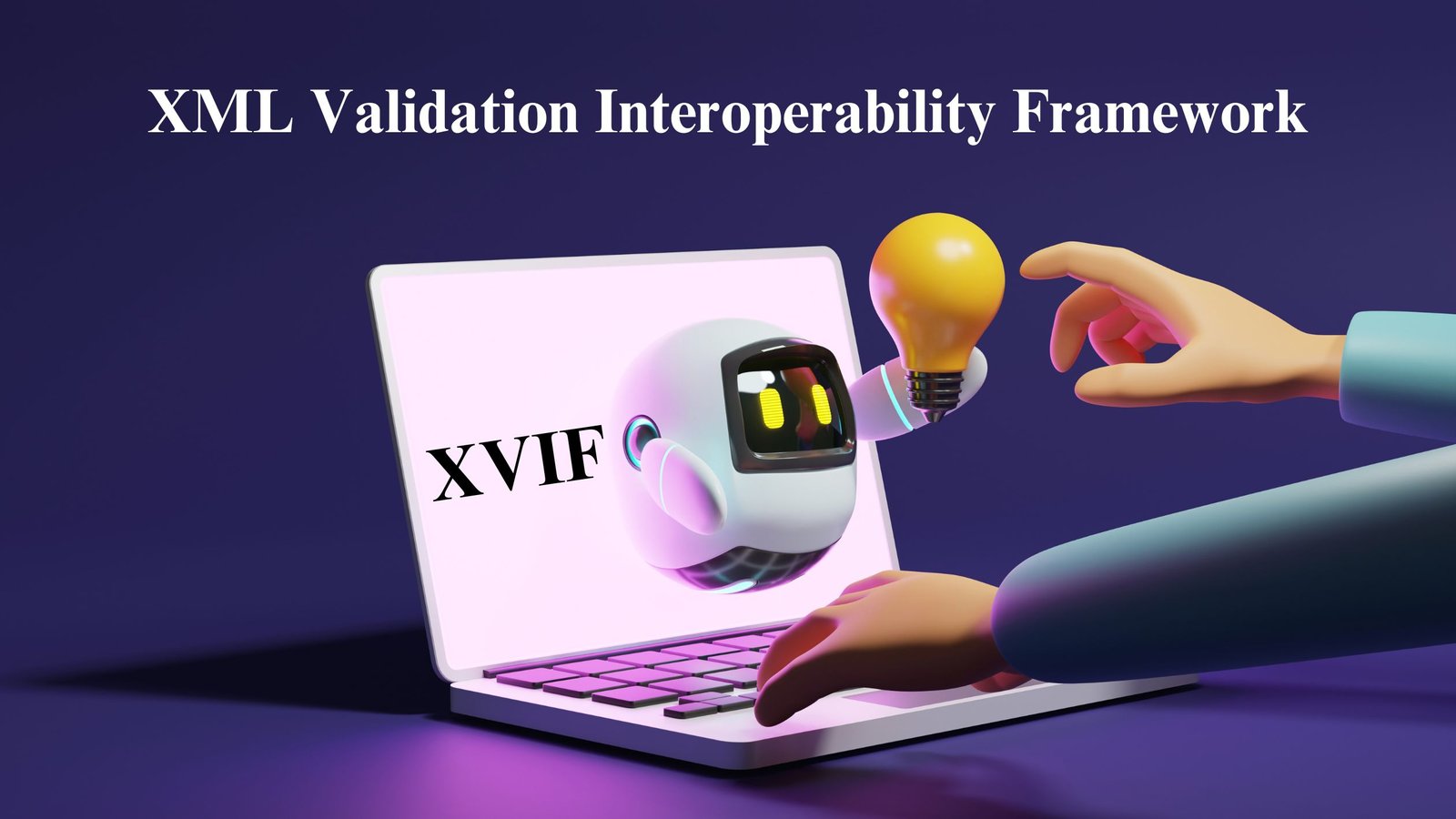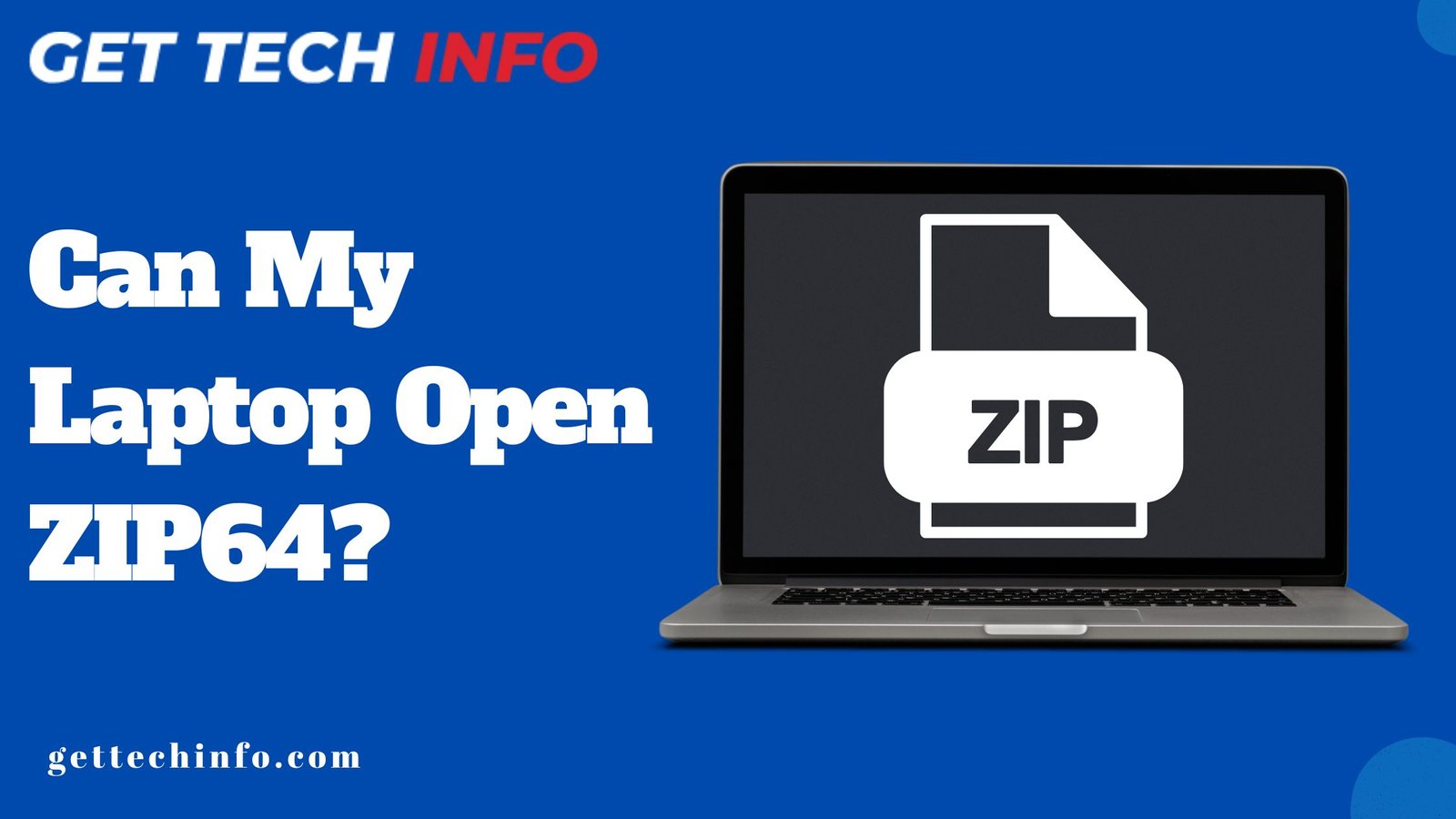Navigating the complications of data management can feel overwhelming, particularly when different systems need to effectively communicate. The challenge is to ensure that information seamlessly flows, maximizing efficiency, and minimizing errors. This is where XVIF comes into play as it is necessary for smooth data exchange.
In this blog post, we will explore the Meaning and Technical Specifications of “XVIF” and how it works. Moreover, it also explains some practical benefits & core features of using XVIF and methods to use it in our daily lives. Finally, it sheds light on the use cases and limitations of using XVIF.
Meaning and Technical Specifications of “XVIF”
It is the paravirtualized Drivers’ backend component that XEN Domains utilize. Thus, it provides network connectivity. A Xennet(4) interface is the endpoint of the XVIF Interface when NetBSD is the guest domain.
“xvifXiY” is the naming pattern for this tool where “X” represents the guest domain identification. Apart from this, “Y” can be an arbitrary identifier and it is generally the frontend interface identifier.
How Does XVIF Work?
Now you must be wondering how XVIF works. So, go through the following section to learn about its working process.
- Creating The Document: First of all, you need to make an XML document to arrange data. It can further hold various types of structured data that are ready for validation.
- Preparing For Validation: Developers add XVIF to the XML application. This step sets up rules and schemes, telling XVIF how to validate the XML document correctly.
- Executing A Validation: After submitting the XML document, It starts the validation process. Hence, it checks the document against the rules, schemas, and protocols defined earlier.
- Final Results: After validation, It gives the XML application the results, including any errors or warnings found during the process.
- Managing The Validation Results: Finally, the XML application handles the validation results. Thus, this means taking the necessary actions based on any errors or warnings detected.
XVIF leverages advanced mechanisms to deliver optimal performance and efficiency. Integrating complex algorithms, ensures systems operate smoothly, further providing users with enhanced reliability and faster results.
Is There Any Benefit Of Using XVIF?
There are several benefits to using It . Through this section, we’ll uncover the benefits of using this framework for businesses and consumers for smooth connection in virtual worlds.
For Businesses
Find out how XVIF will help your business to work better. Here are some benefits of using this framework for your business.
- Greater Business Performance: It helps businesses run more smoothly and provides better data and insight. Hence, businesses can make better choices and work more efficiently.
- Cost Saving: It also cuts down on transaction fees and removes middlemen, further lowering costs for businesses. They can also use these savings to grow and improve their operations.
Use XML Validation Interoperability Framework to open up new possibilities, make smarter choices, and keep your business strong in the constantly changing world.
For Consumers
See how It can make shopping better for secure & easy payment and greater accessibility to services and products.
- Secure & Easy Payment: This framework has strong security features as well that protect against fraud. It is a simple payment process that makes it easy for customers. As a result, it also keeps them happy and coming back.
- Greater Accessibility To Services And Products: It further allows more people to access a wide variety of products and services. Hence, this creates more competition and new ideas, benefiting everyone involved.
It helps to enhance virtual infrastructure by streamlining network operations and boosting efficiency. Now read the next section to learn about the core features of using this tool.
Core Features of Using XVIF
Explore the core features of this tool and how they enhance XML document processing with the host language. So, this section will explain the core features that you can use while operating this tool:
- Micro-Pipes. This framework defines flexible “micro-pipes” for local transformation and validation within XML nodes. Hence, it allows a wide range of tasks to be performed in an efficient way.
- Host Language Integration. It also integrates with host languages like Relax NG, W3C XML Schema, and many more. Moreover, it leverages their strengths for various types of applications in real life.
- Fallback Mechanisms. This tool offers fallback mechanisms to ensure compatibility with non-XVIF-aware processors. As a result, it becomes more useful for legacy systems as well.
This tool combines these powerful transformation and validation features with seamless integration. As a result, it offers a robust and adaptable framework for XML document management. Now explore the use cases of XVIF in different industries.
What Are The Use Cases of XVIF in Different Industries?
XVIF’s versatility allows its deployment across various industries and uses. Here are some notable uses of this revolutionary technology in different industries:
- Scientific Research: It’s a great framework that helps researchers to share complex data easily, which boosts teamwork and creativity. Hence, this is important in areas where understanding large amounts of data can lead to new treatments for diseases.
- Technological Advancements: It also speeds up the creation of new products by making it easy to combine different parts. Thus, this is helpful for companies to design and test their ideas faster and cheaper, further leading to more innovations.
- Integrating Different Industries: This framework also allows different industries (Like Healthcare And Finance) to work together by using a common data format. As a result, this teamwork improves decision-making operations smoother. Moreover, it also helps to solve tough problems more effectively.
The immersive capabilities and adaptability make it an important tool. Thus, it helps to enhance collaboration and experiences across many industries. Thus, it revolutionizes the way we connect and interact. Explore the next section to find out if there are any limitations to using this tool.
Is There Any Limitation to Using XVIF?
Using this tool domain networking comes with many limitations and challenges. Thus, users should be aware of them for better use. As a result, it ensures smooth operation and management within the virtual environment.
- Complex Setup. Setting up and managing this tool interface can be complex. Hence, it requires an advanced understanding of virtualization technologies for effective configuration.
- Performance Limitations. Paravirtualized drivers can lead to lower performance compared to hardware-based network interfaces. Thus, it impacts the network latency and throughput.
- Troubleshooting Difficulties. Diagnosing and resolving connection issues can be challenging compared to conventional network setups. As a result, it necessitates familiarity with XVIF and Xen.
Despite these limitations and challenges, It offers efficient networking solutions for Xen domains. Moreover, it also has proper preparation and execution. Let’s now conclude this blog post with these final words.
Final Words
XVIF (XML Validation Interoperability Framework) is transforming visual communication. Its possible by providing a flexible framework. Moreover, it helps to create custom validation rules for XML documents. Thus, this blog post explores the core features and highlights the benefits of this tool. Not only this, it also helps to address the tool’s limitations. With best practices in place, XVIF can enhance virtual infrastructure. Due to this, it’s a valuable tool for remote collaboration and virtual events.
FAQs
Question. When was XVIF designed and developed?
Answer. This tool was designed and developed on the 7th of April, 2011 and it was first seen in NetBSD 4.0 framework.
Question. What is the full form of XVIF?
Answer. This tool stands for XML Validation Interoperability Framework. It’s a revolutionary platform for digital interactions. Furthermore, it enhances the validation process of eXtensible Markup Language (XML) documents.
Question. What is the working mechanism of XVIF?
Answer. It leverages advanced technologies to create virtual environments. Thus, users can interact in these environments with other users and digital content. The platform also interprets user commands, expressions, and gestures. As a result, you will be able to enjoy seamless collaboration and communication.
Question. Is XVIF/Outie different from XVIF?
Answer. XVIF/Outie is an advanced version of this tool that expands upon its foundation. Moreover, it also introduces the concept of assertions. Apart from this, XVIF/Outie offers a thorough framework. Also, it defines claims about XML documents by including concepts from Schematron and XSLT.







